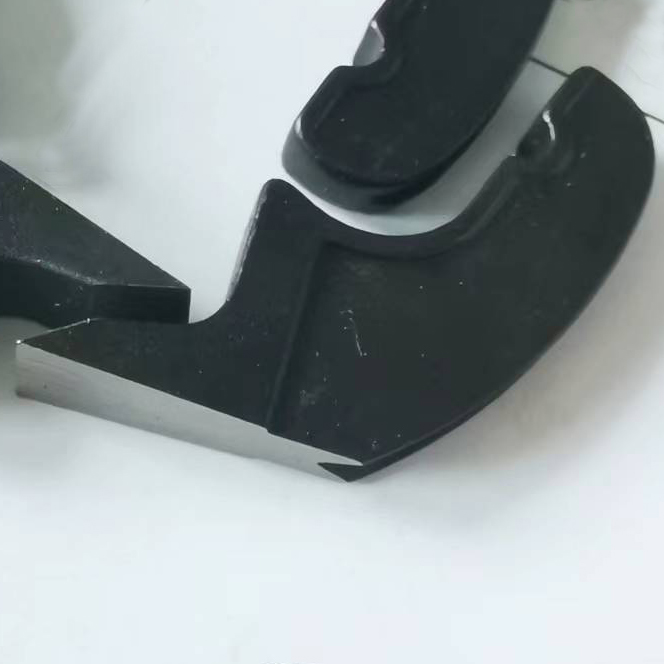Sawmill Teeth Inserts Teeth
The sawmill industry is an essential component of the lumber and timber processing sector. It plays a crucial role in transforming raw logs into usable lumber for construction, furniture, and various other applications. One of the key components in sawmills is the teeth inserts used in the saw blades, which greatly impact the efficiency and quality of the cutting process.
Teeth inserts are small, durable pieces of metal that are strategically placed on the circular saw blades. These inserts are designed to withstand the high levels of stress and friction generated during the cutting process. Their primary function is to facilitate smooth and precise cuts while minimizing damage to the blade and maximizing its lifespan.
The quality and design of teeth inserts are critical factors that determine the performance of the sawmill. Different types of wood require different configurations of teeth inserts to achieve optimum results. Hardwoods, like oak or maple, necessitate teeth inserts with a sharper cutting edge to penetrate the dense fibers efficiently. Softwoods, such as pine or cedar, benefit from teeth inserts with larger gullets to remove chips more effectively.
Manufacturers employ advanced technology and materials to produce teeth inserts that meet the demanding requirements of the sawmill industry. Tungsten carbide, a super-hard compound known for its durability and resistance to wear, is commonly used in the production of teeth inserts. Its exceptional hardness allows the inserts to maintain their sharpness for extended periods, resulting in longer cutting intervals, reduced downtime, and improved overall productivity.
In addition to the material used, the geometry of the teeth inserts also significantly influences their cutting performance. Different tooth profiles, such as flat-top, triple-chip, or alternate top bevel, are designed to address specific cutting conditions and wood types. Manufacturers continuously innovate and refine these designs to enhance efficiency and minimize waste.
Regular inspection and maintenance of teeth inserts are crucial for optimal sawmill performance. Over time, inserts can become dull or damaged, leading to reduced cutting efficiency and increased energy consumption. Maintaining the correct sharpness and alignment of the teeth inserts ensures clean and accurate cuts, reducing material waste and improving the overall quality of the lumber produced.
While teeth inserts are a vital component of sawmill operations, they are not the sole factor determining the quality of the final product. Other aspects, such as the condition of the saw blades, the speed of the cutting process, and operator expertise, also contribute to the overall efficiency and precision of lumber production.
In conclusion, teeth inserts play a pivotal role in the sawmill industry by enabling smooth and precise cutting processes. The selection of appropriate materials and designs, coupled with regular maintenance, ensures optimal performance and extended lifespan of the saw blades. By continually advancing the technology and improving the tooth profiles, manufacturers can meet the evolving needs of the industry and facilitate the production of high-quality lumber for various applications.

